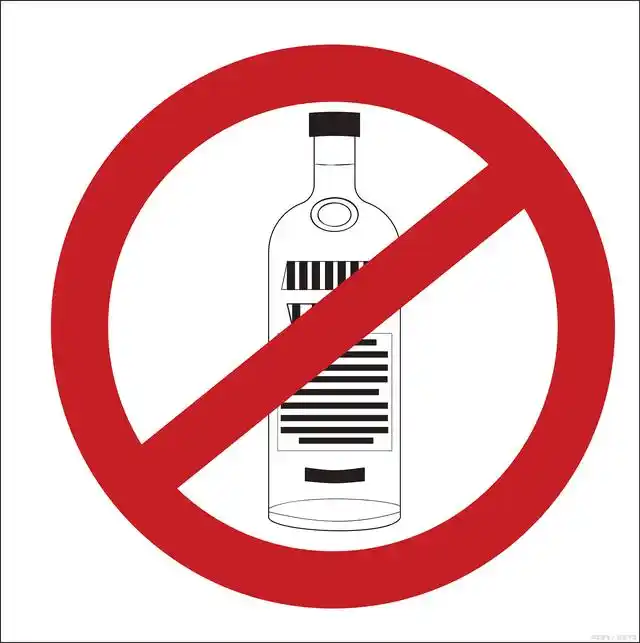Title: A Single-Dimensional In-Depth Approach to Alcohol Recovery and Abstinence
Alcohol addiction is a pervasive and complex issue that affects millions of individuals worldwide. While traditional recovery programs often incorporate multiple dimensions—such as psychological support, group therapy, and medication—there is growing interest in the potential of a single-dimensional, in-depth approach to alcohol abstinence. This method focuses intensely on one core aspect of recovery, aiming to create a profound and lasting change by addressing the root cause of addiction through a highly specialized lens. In this article, we explore the principles, benefits, and implementation of a single-dimensional in-depth alcohol recovery program, with a focus on achieving sustained abstinence.
Understanding the Single-Dimensional Approach
The single-dimensional approach to alcohol recovery is built on the idea that deep, focused work on one critical element of addiction can lead to comprehensive healing. Unlike multidimensional programs that spread resources across various therapies and interventions, this approach hones in on a specific factor—such as cognitive restructuring, behavioral modification, or neurobiological retraining—and delves into it with unparalleled intensity. The goal is not to ignore other aspects of recovery but to use this focused work as a catalyst for broader change.
For many individuals struggling with alcohol use disorder (AUD), the addiction is often rooted in a single dominant issue, such as trauma, chronic stress, or a deeply ingrained habit loop. By targeting this primary driver with a concentrated effort, the single-dimensional approach seeks to dismantle the foundation of the addiction, making it easier to address secondary issues later on. This method is particularly appealing to those who have found traditional, scattergun approaches overwhelming or ineffective.
The Core Elements of a Single-Dimensional Program
A successful single-dimensional alcohol recovery program is characterized by its depth and specificity. Below, we outline the key components that define such a program:
1. Identification of the Primary Dimension
The first step is to identify the single most influential factor contributing to the individual’s alcohol dependence. This requires a thorough assessment by healthcare professionals, including psychologists, psychiatrists, and addiction specialists. Common primary dimensions include:
- Cognitive Patterns: Negative thought processes, irrational beliefs, or self-sabotaging narratives that fuel drinking behavior.
- Emotional Triggers: Unresolved trauma, anxiety, depression, or other emotional states that lead to alcohol use as a coping mechanism.
- Behavioral Routines: Habitual behaviors, such as drinking after work or in social settings, that have become automatic responses.
- Neurobiological Factors: Genetic predispositions, brain chemistry imbalances, or reward system dysfunctions that perpetuate addiction.
Once the primary dimension is identified, the program is tailored to address it exclusively for a predetermined period, typically ranging from several weeks to a few months.
2. Intensive, Focused Intervention
The heart of the single-dimensional approach lies in its intensive intervention strategy. This involves daily or near-daily sessions dedicated solely to the chosen dimension. For example:
- If the primary dimension is cognitive, the program may involve rigorous cognitive-behavioral therapy (CBT) sessions aimed at identifying and restructuring destructive thought patterns.
- If the focus is emotional, trauma-informed therapy or dialectical behavior therapy (DBT) might be used to help individuals process and regulate their emotions without resorting to alcohol.
- For behavioral dimensions, habit reversal training or contingency management techniques could be employed to break the cycle of alcohol use.
- In cases where neurobiological factors are dominant, pharmacological interventions combined with neurofeedback or biofeedback might be utilized to rebalance brain chemistry.
The intensity of the intervention ensures that the individual is fully immersed in the process, creating opportunities for breakthrough insights and lasting change.

3. Monitored Progress and Adjustments
Although the program is single-dimensional, it is not static. Regular monitoring and assessment are crucial to ensure that the focused approach is yielding results. Progress is measured using standardized tools, such as self-report questionnaires, behavioral tracking, and physiological markers. If necessary, adjustments are made to the intervention strategy, but the core focus remains unchanged unless there is clear evidence that the primary dimension has been misidentified.
4. Transition to Maintenance and broader Support
After the intensive phase, the program gradually transitions into a maintenance phase, where the insights and skills gained are integrated into daily life. This may involve less frequent sessions, booster workshops, or the introduction of supplementary support elements, such as group therapy or lifestyle changes. However, the single-dimensional focus during the intensive phase ensures that the individual has a solid foundation upon which to build a sober life.
Benefits of a Single-Dimensional Approach
The single-dimensional in-depth recovery program offers several distinct advantages:
1. Deep, Lasting Change
By concentrating on one critical aspect of addiction, individuals can achieve a level of mastery and understanding that is often difficult to attain in broader programs. This depth of work can lead to profound personal insights and sustainable behavior change.
2. Reduced Overwhelm
Multidimensional programs can sometimes feel overwhelming, especially for those in early recovery. The single-dimensional approach simplifies the process, allowing individuals to focus their energy and attention on one thing at a time.
3. Personalized and Targeted
This method is highly personalized, as it is based on the unique needs and circumstances of the individual. It avoids the one-size-fits-all pitfall of some traditional programs.
4. Efficiency
For some, a focused approach may lead to faster results. By addressing the root cause directly, the program can catalyze change more efficiently than approaches that tackle multiple issues simultaneously.
Challenges and Considerations
While the single-dimensional approach has many merits, it is not without challenges. It may not be suitable for everyone, particularly those with complex co-occurring disorders, such as severe mental health issues or polysubstance dependence. In such cases, a more comprehensive program might be necessary. Additionally, the success of this approach relies heavily on accurate assessment and identification of the primary dimension. Misidentification could lead to limited progress or even setbacks.
Conclusion
The single-dimensional in-depth alcohol recovery program represents a promising alternative to traditional multifaceted approaches. By focusing intensely on one core dimension of addiction, it aims to create deep, lasting change that supports long-term abstinence. While it may not be appropriate for all individuals, its personalized, focused nature offers a valuable option for those seeking a streamlined path to recovery. As research in this area continues to evolve, this approach may become an increasingly important tool in the fight against alcohol addiction.





发表评论